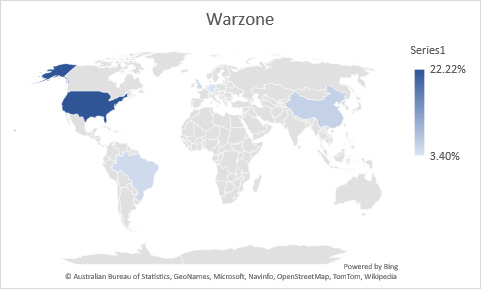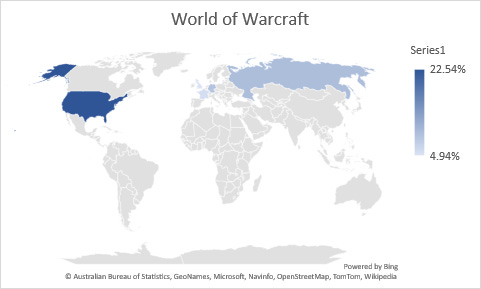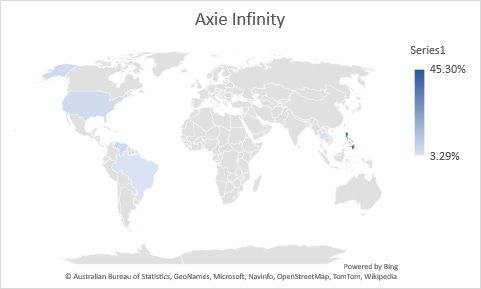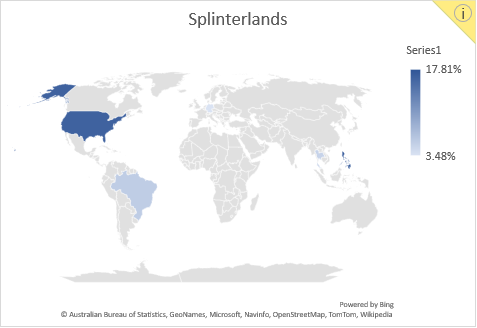Blockchain Gaming vs Regular Gaming
Market Meditations | January 20, 2022

? Who Wants To Be A Gaming Millionaire?
Blockchain Gaming
Blockchain gaming is popular for many reasons. Interoperability potential, true player ownership of in-game assets, decentralized governance… The list is quite lengthy. However, there is an undeniable draw seated in income potential.
Unfortunately, this profit margin may blur the line between a game’s intrinsic appeal and the desire of the economically disadvantaged to better their lives.
Call of Duty: Warzone and World of Warcraft are two of the biggest titles in gaming. They support huge player bases.
Warzone has had over 100m players since March 2021
WoW features more than 4.5m players
- Data shows the highest concentration of players resides in first-world countries; places like the United States and United Kingdom with higher standards of living.
- There is a conspicuous absence of earning potential in these games as well. With virtually no opportunity of income, the only incentive to play these games is entertainment.
- If these games have attracted such mass audiences in settings most likely to value intrinsic entertainment potential over all else, when P2E gaming becomes ubiquitous, they will carry with them the biggest earning potential.
Looking at the concentration of players currently engaging in P2E games, we see quite a different mapping.
Axie has more than 8m players
Splinterlands has over 260k daily users
- Data shows the highest concentration of players resides in underdeveloped places like the Philippines and Thailand with lower standards of living.
- There is a conspicuous absence of wealth in these countries. With virtually no accessible means of superior income, the main incentive to play these games is money.
- In 2019 the annual household income was less than $4,000 in Thailand. In 2020 the annual household income was just over $6,000 in the Philippines.
Two different types of games are attracting two different types of audiences. But for how long? The paths of these two different worlds are converging. In a matter of years or months, AAA games will feature earning potential.
Blockchain games with substantial play-to-earn potential are pulling in players from Southeast Asia and South America, while the most popular games in the world consistently draw their audiences from places with higher economic stability.
What does it mean?
Here’s where your judgment comes in. Axie Infinity has a higher population than World of Warcraft and Pokémon GO combined.
Is it a better game than either of those?
Most people would answer “no”. Why, then, does it hold such a captive audience with such high numbers? Evidence suggests that players are flooding P2E games as an avenue of income, to better their lives, not for the enjoyment of a superior gaming experience.
It’s hard to imagine an elderly couple of store owners jumping into the mobile gaming world for any other reason.
Why does it matter?
To objectively evaluate a project, we have to consider the location and developmental status of its player base against the backdrop of market caps and populations.
- If a game’s player base is primarily in underdeveloped countries, its tokenomics must be very carefully examined before deciding to buy in.
- The roadmap and governance models of these projects are also key indicators to be heavily considered.
- Once games like Star Atlas and Illuvium reach the production release stage, we may start to see the true potential of this genre.
Games with play-to-earn potential appeal to underdeveloped populations. Unfortunately, this aspect alone is not enough to sustain success in the long-term. People must enjoy playing games based on their intrinsic entertainment value. If players have to be paid to play, their motivation to continue has a shelf-life equivalent to the duration of monetary inflow.






